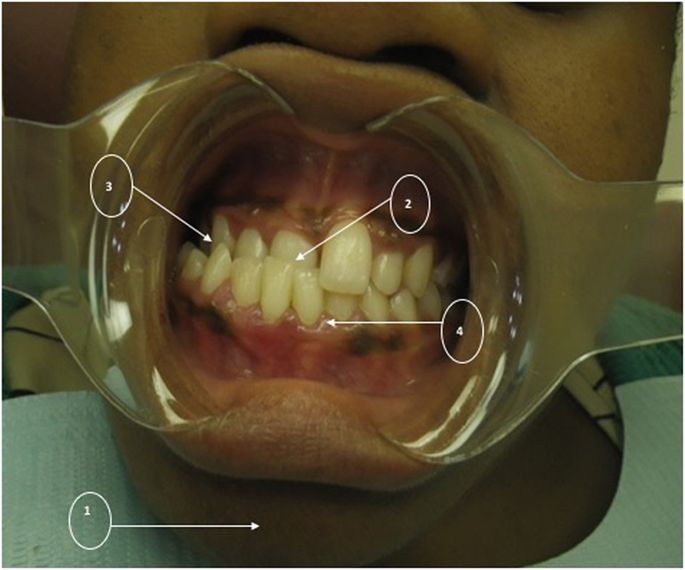BDJ Open ( IF 2.5 ) Pub Date : 2017-10-20 , DOI: 10.1038/bdjopen.2017.21 Manogari Chetty 1, 2 , Tina Sharon Roberts 1, 2 , Lawrence Stephen 1, 2 , Peter Beighton 2, 3

|
Objectives:
Osteogenesis imperfecta type III (OMIM 259420) is a severe autosomal recessive disorder. Affected individuals have multiple fractures, develop limb deformities with spinal malalignment and stunted stature.
Materials and methods:
The frequency of Osteogenesis imperfecta type III (OI III) is relatively high in the indigenous Black African population of South Africa. A review of the literature revealed a paucity of information regarding the craniofacial manifestations of the disorder in this ethnic group. The findings in 64 affected persons are documented.
Results:
These abnormalities are related to the abnormal bone matrix which results in a deformed skull and dental malocclusion. The physiological process of swallowing may be an aetiological factor in the progressive development of a flattened palate. Mild changes in the shape of the head of the mandibular condyle and a lack of cortical bone on the joint surfaces were observed on cone beam computed tomography (CBCT) images. Affected persons had marked variations in the paranasal sinuses, including sinus hypoplasia and partial opacification. Cranial base anomalies were diagnosed from cephalometric radiographs and lateral skull radiographs. Platybasia and a ‘J’ shaped sella turcica were observed.
Conclusion:
The craniofacial abnormalities emphasize the importance of a raised level of awareness in terms of dental management and the challenges.
中文翻译:

南非成骨不全症 III 型的颅面表现
目标:
III 型成骨不全症 (OMIM 259420) 是一种严重的常染色体隐性遗传病。受影响的个体有多处骨折、四肢畸形、脊柱排列不良和身材矮小。
材料和方法:
成骨不全症 III 型 (OI III) 的频率在南非土著黑人非洲人口中相对较高。对文献的回顾显示,关于该种族群体中该疾病的颅面表现的信息很少。记录了 64 名受影响人员的调查结果。
结果:
这些异常与导致颅骨变形和牙齿咬合不正的异常骨基质有关。吞咽的生理过程可能是扁平腭逐渐发展的病因学因素。在锥形束计算机断层扫描 (CBCT) 图像上观察到下颌骨髁头部形状的轻微变化和关节表面缺乏皮质骨。受影响的人的鼻窦有明显的变化,包括鼻窦发育不全和部分混浊。颅底异常通过头影测量X线片和侧颅X线片诊断。Platybasia 和'J' 形蝶鞍被观察到。
结论:
颅面异常强调了在牙科管理和挑战方面提高认识水平的重要性。











































 京公网安备 11010802027423号
京公网安备 11010802027423号